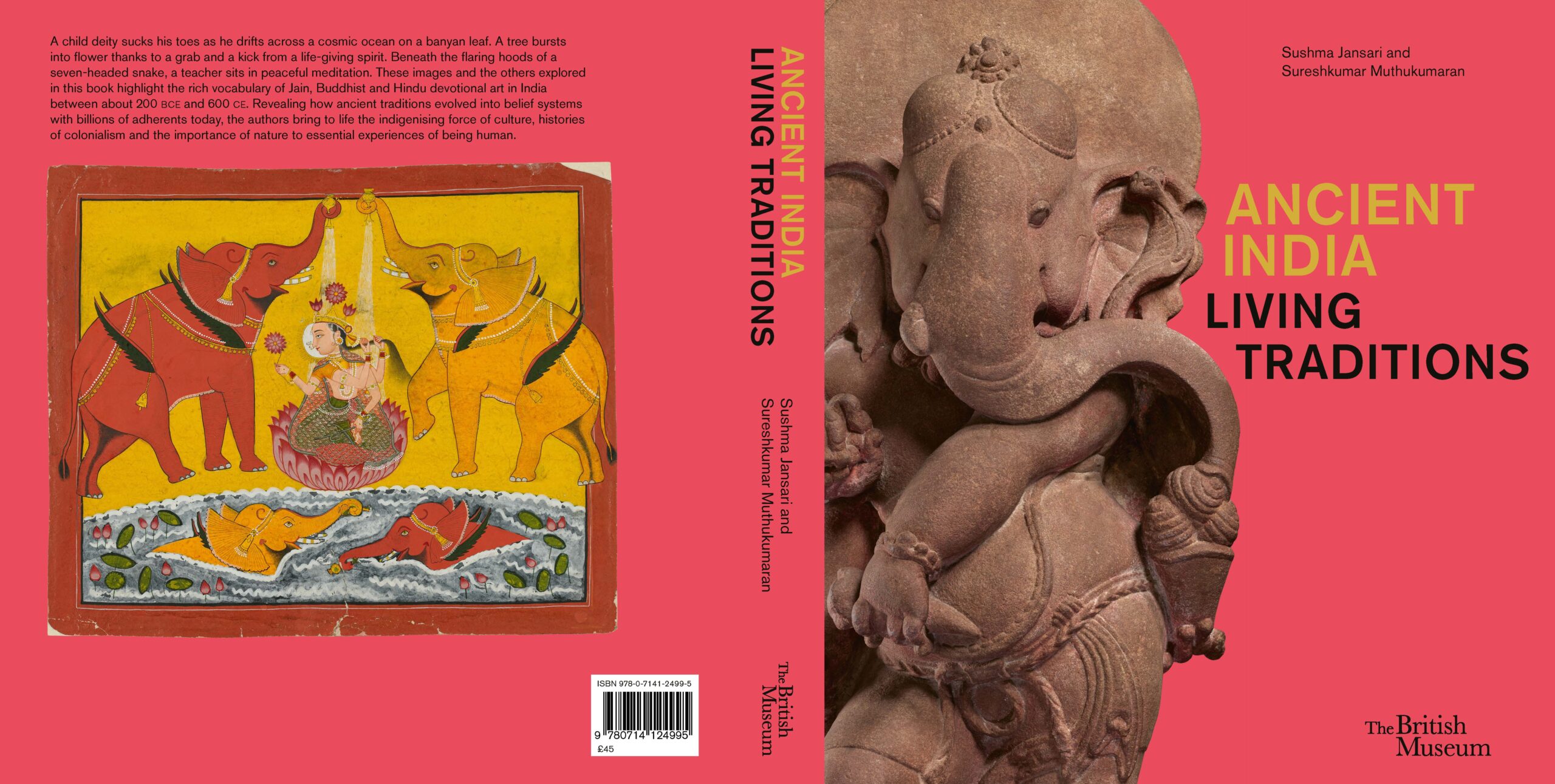Ancient India: Living Traditions
May 5, 2025
As Mark Twain said, “India is the cradle of the human race, birthplace of human speech, mother of history, the grandmother of legend, and great-grandmother of tradition.” Ancient India, with its vast cultural, spiritual, and artistic heritage, has played a crucial role in shaping the course of human civilization. It was here that some of the world’s most beloved religious figures came to life, such as the Hindu god Ganesha, readily identified by his elephant head, the serene Buddha, and the enlightened Jain teachers. Among the many traditions that emerged from this land, Jainism, Buddhism, and Hinduism stand out for their profound influence, not just within India but around the world. These religions have left an indelible mark on both the cultural and religious landscapes of countless regions.
In Ancient India: Living Traditions (The British Museum, 2025), Dr Sureshkumar Muthukumaran (NUS History) and Dr Sushma Jansari (Tabor Foundation Curator of South Asia Collections, The British Museum) explore these religious traditions through their art and imagery. Accompanying The British Museum’s major summer 2025 exhibition on ancient India, the book traces how Jainism, Buddhism, and Hinduism evolved through their religious art, and how these images not only reflect spiritual and political power but also reveal the daily lives and beliefs of ancient peoples. The book examines the spread of these religious practices beyond India, reaching as far as Central Asia, East Asia, and Southeast Asia, and concludes with a modern perspective, using Singapore as a case study for religious syncretism and pluralism.
At the heart of the book’s narrative is the evolution of religious imagery over time, tracing its journey from around 200 BCE to 600 CE. Initially, religious art depicted nature spirits, but by 600 CE, the images of deities and religious figures such as Jain, Buddhist, and Hindu gods had taken recognisable human form. These figures, depicted with divine attributes, attendants, and animal vehicles, continue to be found in contemporary religious iconography worldwide. The fascinating shifts in religious art also affected the political, cultural, and religious landscape of the Indian subcontinent and beyond.
From the transformation of the Buddha’s image from symbolic to human form, to the formalisation of divine depictions within Hindu traditions, the book illuminates the ways in which art and religion intersected in ancient India to create some of the most enduring and influential works of art in history.
Beyond its rich historical scope, Ancient India: Living Traditions offers an illuminating journey through the intertwined worlds of religion, art, and daily life in ancient India, tracing their lasting impact across Asia. Through vivid illustrations and accessible narratives, it brings to life the enduring traditions of Jainism, Buddhism, and Hinduism, offering a compelling window into one of the world’s most influential civilizations.
Order Ancient India: Living Traditions here.
Ancient India: Living Traditions is the official hardback companion to The British Museum’s major summer exhibition, exploring the rich religious and artistic traditions of ancient India and their global influence. Find out more about the exhibition here.

